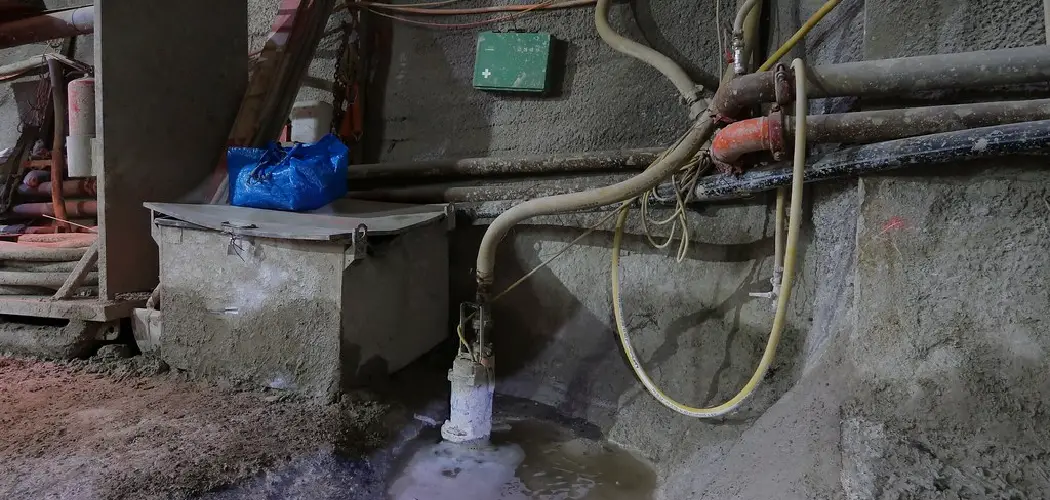Do you have a sump pump that’s backed up and needs unclogging? If the water in your basement isn’t draining properly, it could be due to a clogged sump pump drain. Whether you’re an experienced DIYer or someone just getting started with handy work at home, successfully unclogging your sump pump can take some patience and know-how.
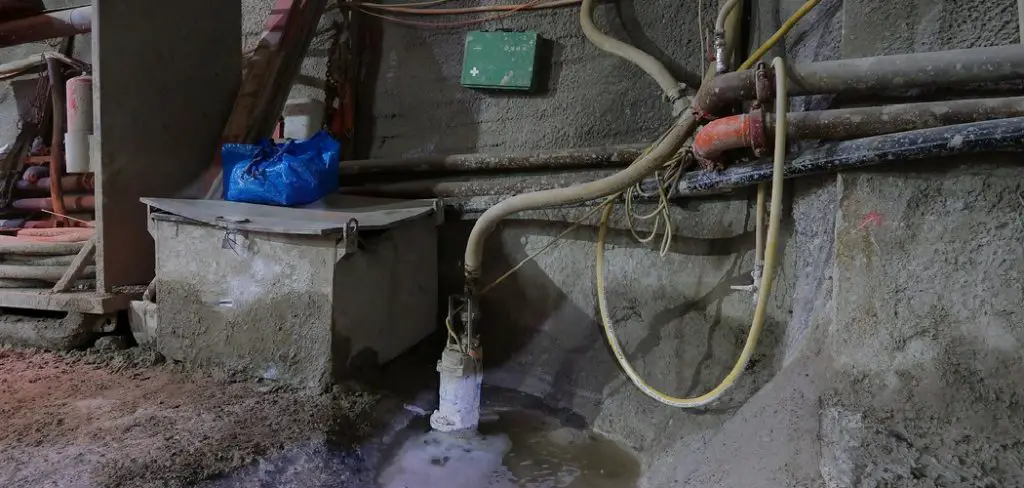
In this blog post, we’ll walk you through the step-by-step process step by step on how to unclog a sump pump drain so that you can get back to dealing with all of life’s other headaches in no time.
Why is It Important to Unclog a Sump Pump Drain?
1 . To Keep Your Basement Dry
A clogged sump pump drain can cause water to accumulate in your basement, leading to various problems such as mold growth, rotting floors and walls, and damage to any belongings stored in the basement. Unclogging your sump pump drain regularly is crucial in ensuring that water is properly drained from your basement, keeping it dry and free of potential damage.
2 . Preventing Damage to Your Sump Pump
A clogged drain can put extra strain on your sump pump, causing it to work harder and potentially leading to mechanical issues or even complete failure. By regularly unclogging the drain, you can prevent damage to your sump pump and ensure that it functions effectively when needed.
3 . Avoid Costly Repairs
If a clogged sump pump drain is left unattended, it can lead to more serious issues that may require costly repairs. By regularly maintaining and unclogging the drain, you can avoid these expensive repairs and save yourself both time and money in the long run.
4 . Promoting a Healthy Living Environment
A damp and moldy basement caused by a clogged sump pump drain can lead to health issues for you and your family. Mold spores can aggravate respiratory conditions and cause other health problems. Unclogging the sump pump drain helps to prevent the growth of mold and promotes a healthier living environment.
5 . Preparing for Severe Weather
During heavy rains or flooding, a functioning sump pump is crucial in preventing water damage to your basement. Regularly unclogging the drain ensures that your sump pump is prepared for any severe weather and can effectively remove excess water from your basement.
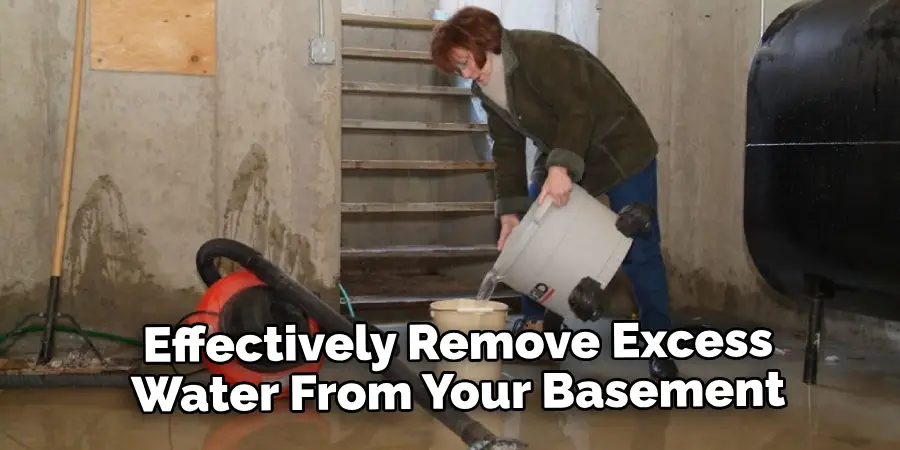
12 Tips on How to Unclog a Sump Pump Drain
1 . Try the Plunger Method
The first step to unclogging a sump pump drain is using a plunger. You may already have this tool at home, but if not, you can easily purchase one from your local hardware store. Place the plunger over the drain and firmly push down and pull up multiple times until you feel some suction.
2 . Use a Drain Snake
If the plunger method doesn’t work, try using a drain snake. This tool is designed to navigate through pipes and break up any clogs along the way. Insert the end of the drain snake into the sump pump drain and move it back and forth while pushing it further down.
3 . Mix Baking Soda and Vinegar
Baking soda and vinegar is a popular solution for unclogging drains. Simply mix equal parts of baking soda and vinegar, pour it into the sump pump drain, and let it sit for 15-20 minutes. Then, flush the drain with hot water.
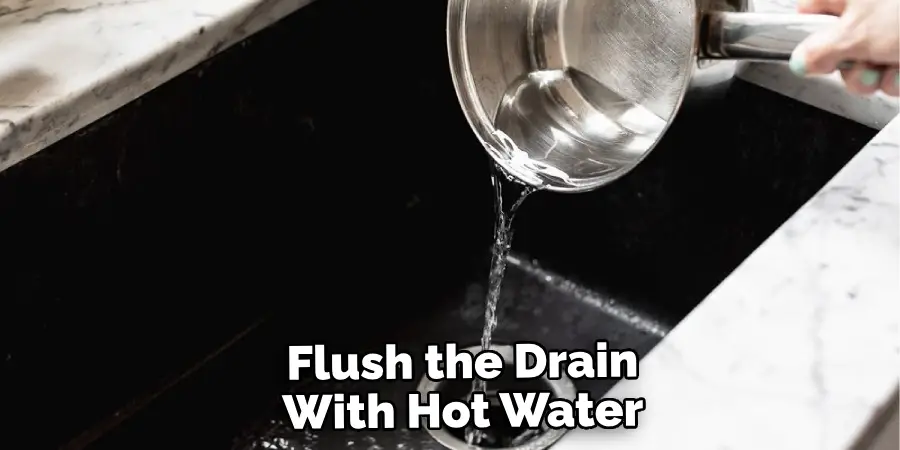
4 . Use Boiling Water
Boiling water can also be effective in clearing out clogs from sump pump drains. Carefully pour a pot of boiling water down the drain and let it sit for a few minutes before flushing with more hot water.
5 . Try a Wet/Dry Vacuum
If you have a wet/dry vacuum, you can use it to suck out any debris or clogs in your sump pump drain. Make sure to switch the setting to suction and create a tight seal around the drain before turning it on.
6 . Use a High-Pressure Hose
A high-pressure hose can also be used to unclog a sump pump drain. Attach the hose to an outdoor faucet and insert it into the drain. Turn on the water at full pressure for a few minutes, then turn it off and check if the drain is clear.
7 . Remove and Clean the Pump
If none of the methods above work, it’s possible that the clog is located within the sump pump itself. Carefully remove the pump from its housing and check for any debris or clogs. Clean out any build-up before reattaching the pump.
8 . Inspect the Discharge Pipe
Another potential culprit for a clogged sump pump drain is the discharge pipe. Check to see if it’s blocked by any debris, such as leaves or rocks. Use a garden hose to flush out any obstructions. Also, make sure the pipe is properly connected to the pump and positioned at a downward slope.
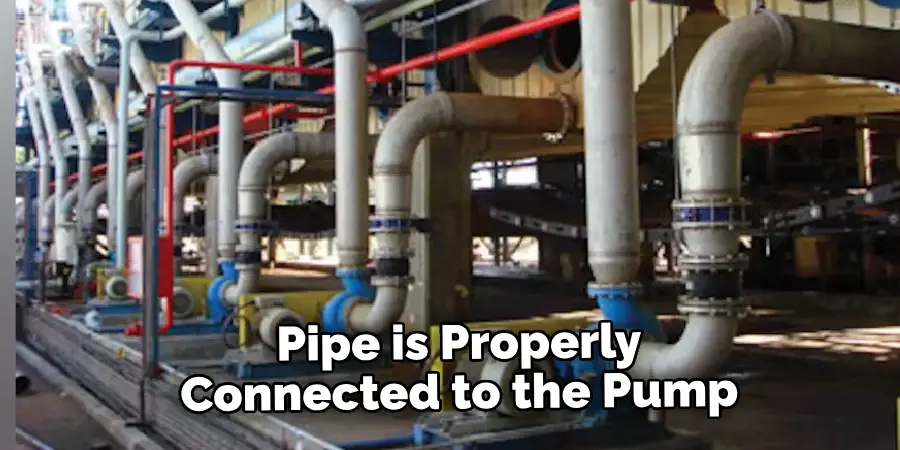
9 . Check for Frozen Pipes
In colder climates, it’s possible for sump pump discharge pipes to freeze during winter months. If this is the case, carefully pour hot water over the frozen area or use a hairdryer to thaw it out. Also, consider insulating the pipes to prevent future freezing.
10 . Use Enzyme Cleaners
Enzyme cleaners are designed to break down organic materials that can cause clogs. Pouring a small amount of enzyme cleaner into the sump pump drain and letting it sit overnight can help dissolve any build-up in the pipes.
11 . Consider Professional Help
If all else fails, it may be time to call a professional plumber for assistance. They have the tools and expertise to diagnose and resolve any issues with your sump pump drain. This will also ensure that the problem is properly taken care of, preventing any future clogs.
12 . Regular Maintenance
Prevention is key when it comes to unclogging a sump pump drain. By regularly maintaining your sump pump and keeping an eye on potential clog-causing factors, such as excess debris or freezing temperatures, you can avoid the hassle of dealing with a clogged drain in the first place. Stay proactive and your sump pump will thank you!
So next time, when you encounter a clogged sump pump drain, try these tips and save yourself time, money, and frustration. Remember to always prioritize safety when attempting any DIY solutions and if the problem persists, don’t hesitate to seek professional help.
Frequently Asked Questions
What Precautions Should I Take Before Unclogging My Sump Pump Drain?
Before attempting to unclog a sump pump drain, there are a few precautions that you should take to ensure your safety and the proper functioning of your sump pump system. First, make sure to disconnect the power to your sump pump by unplugging it or turning off the circuit breaker.
Next, put on protective gear such as gloves and eye protection. It is also important to have a bucket or container nearby to catch any excess water that may come out during the unclogging process.
What Tools Do I Need to Unclog My Sump Pump Drain?
The tools you need will depend on the type of sump pump drains you have. For a traditional pedestal sump pump, you will need a snake or plumbing auger, pliers, and a bucket. For a submersible sump pump, you will need a wet-dry shop vac, pliers, and possibly a utility knife. It is always best to refer to your specific sump pump’s manual for the recommended tools.
How Often Should I Unclog My Sump Pump Drain?
It is recommended to check and potentially unclog your sump pump drain at least once a year, preferably before the rainy season begins. However, if you notice any signs of a clogged or malfunctioning sump pump system, such as water pooling around the pump, it is important to address the issue immediately.
How Can I Prevent My Sump Pump Drain from Clogging?
There are a few steps you can take to help prevent your sump pump drain from clogging. Regular maintenance, such as cleaning the pump and checking for debris, is key to keeping your system running smoothly. It is also recommended to avoid pouring any harsh chemicals or foreign objects down your drain that could potentially clog it.
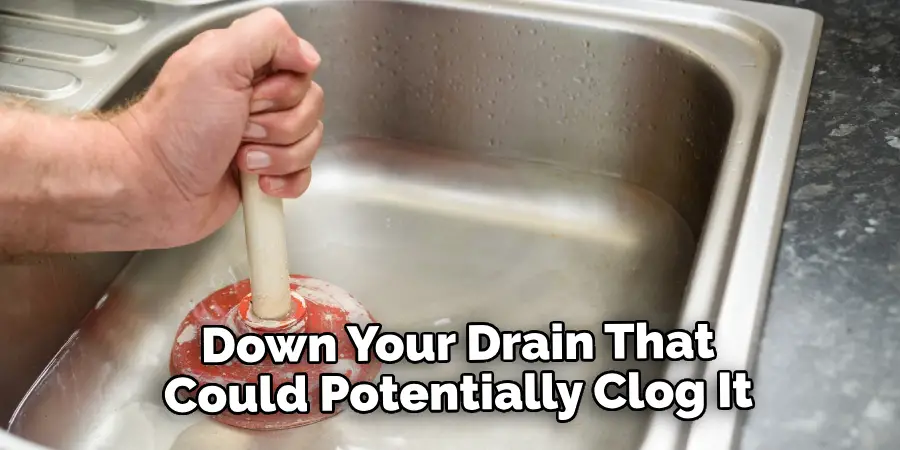
Conclusion
Overall, unclogging a sump pump drain is not as difficult or time-consuming as it might seem. If the blockage isn’t too bad, you may be able to clear the line by pulling up on the drainage pipe. If the block is too far down for that, then use a mixture of water and baking soda or vinegar to help dislodge whatever’s stuck in there. When that fails, you may need to get out your plumbing snake.
Remember, it’s very important to stay safe while unclogging a sump pump drain – make sure you wear rubber gloves and goggles so that any hazardous material doesn’t come in contact with your skin or eyes.
In conclusion, following our helpful tips on how to unclog a sump pump drain can help you successfully navigate any clogs in your sump pump drain with ease and confidence. So don’t be afraid of any potential clogs – take action today and get your sump pump drains running properly again!

